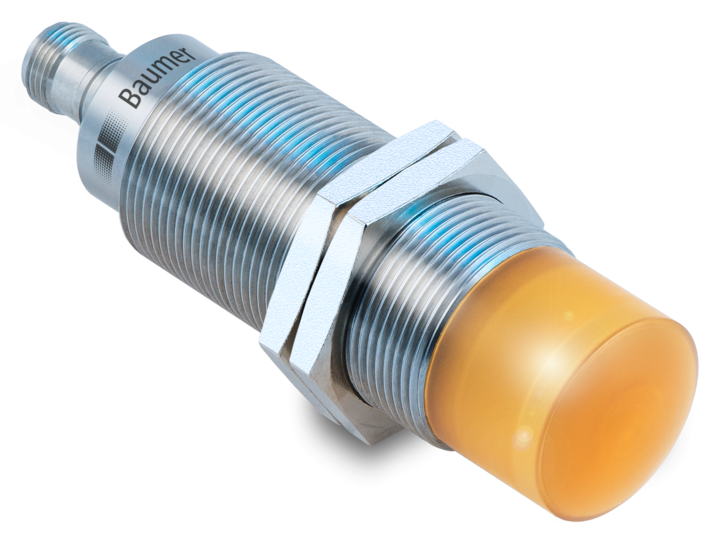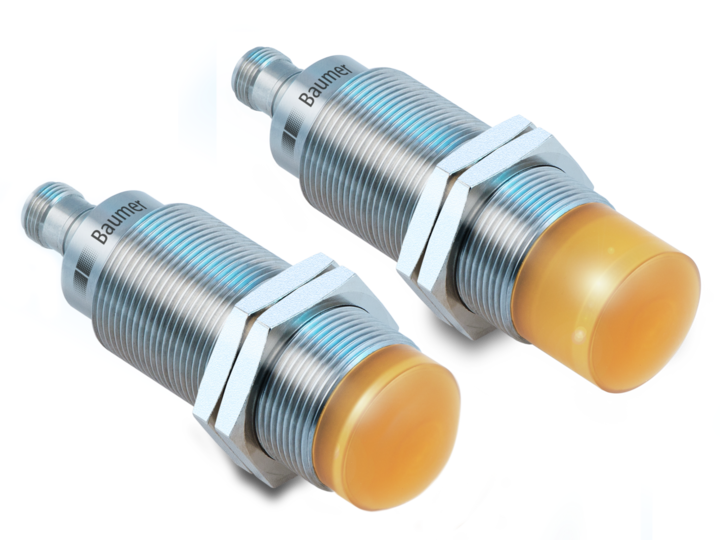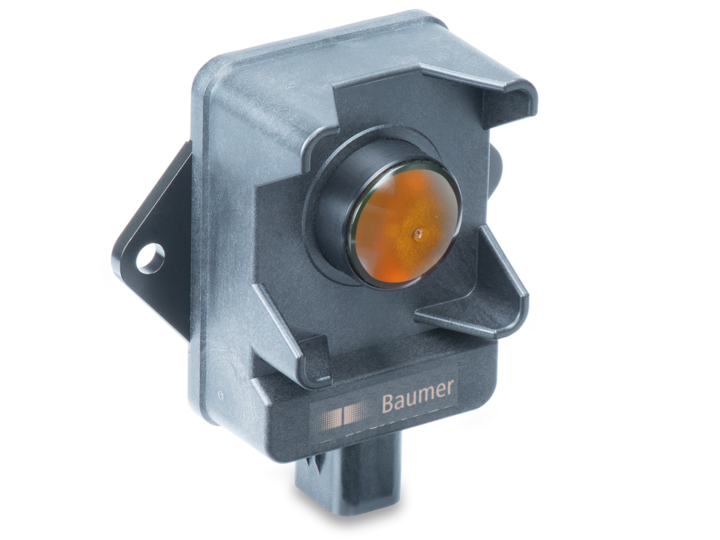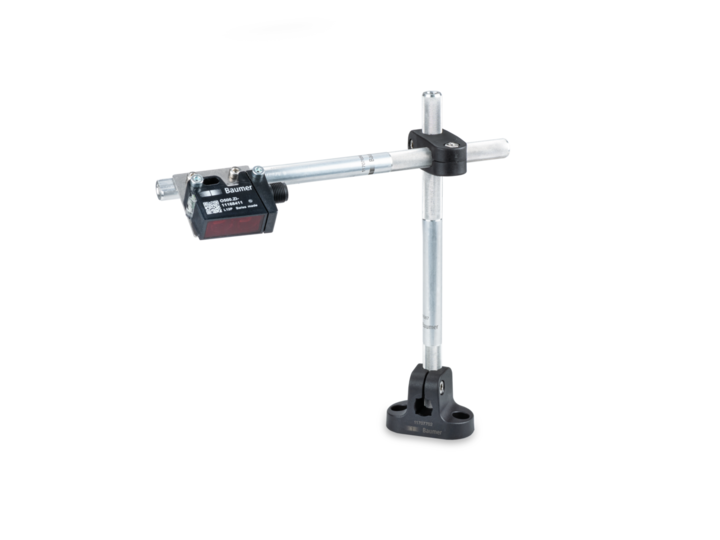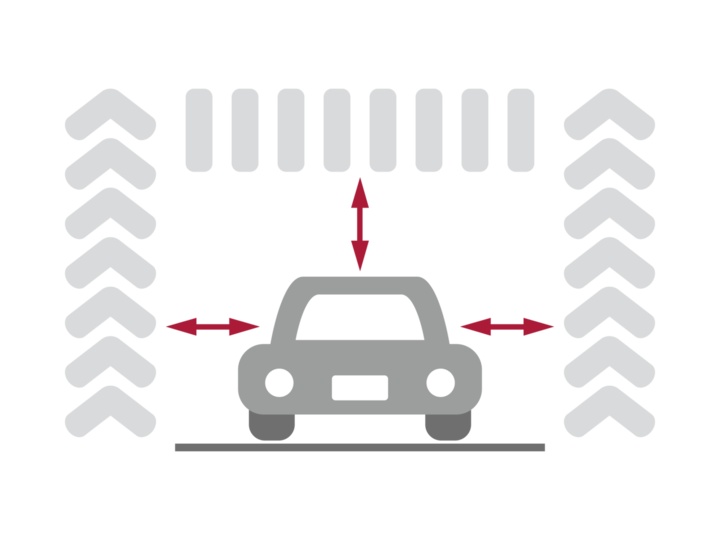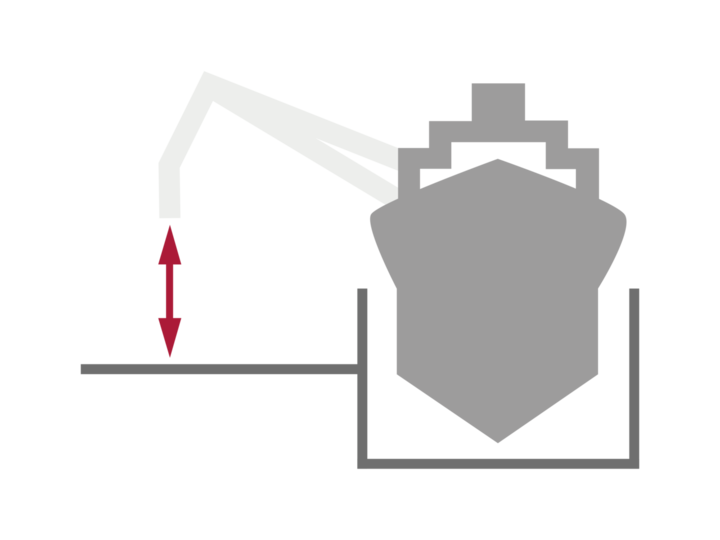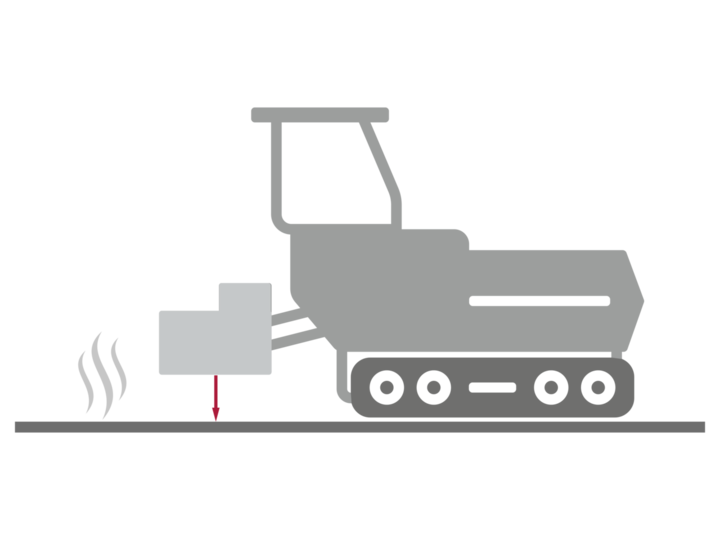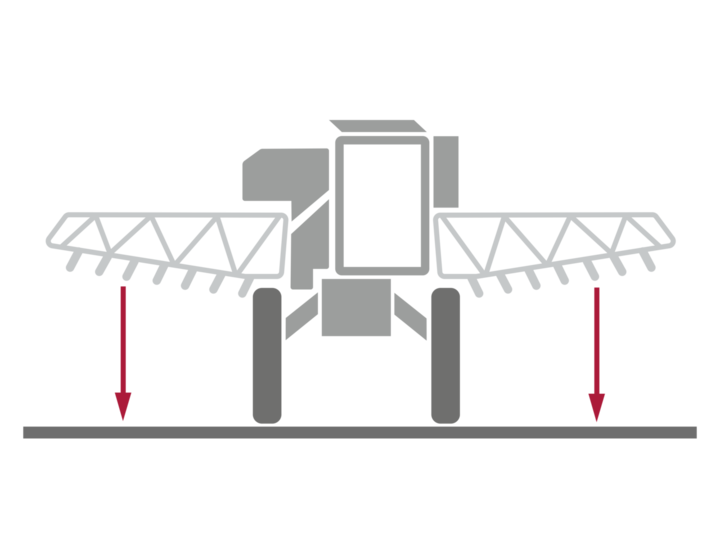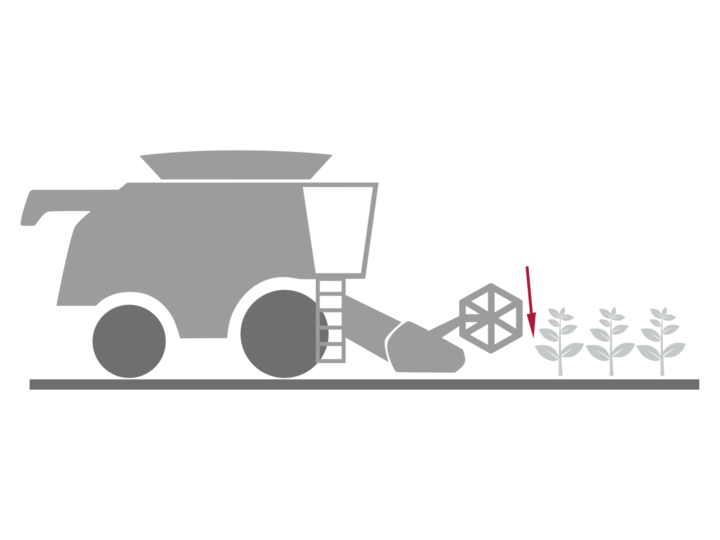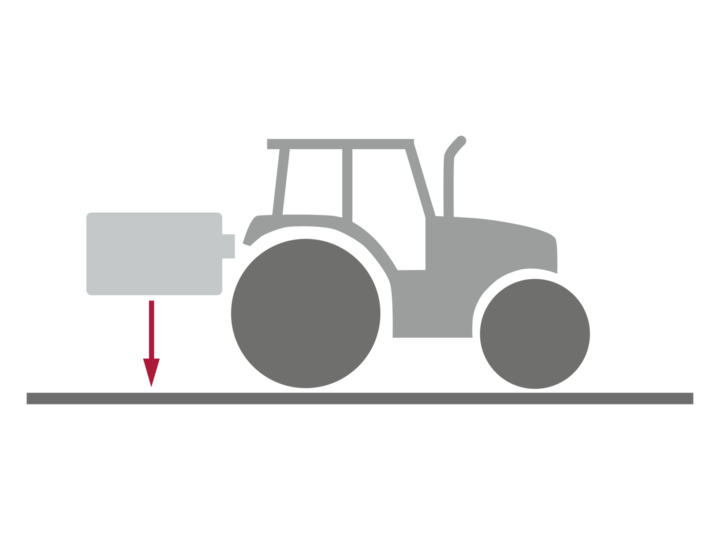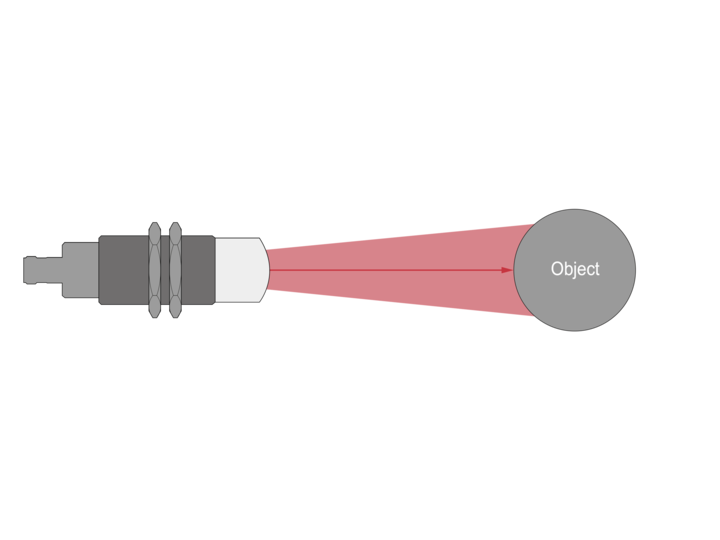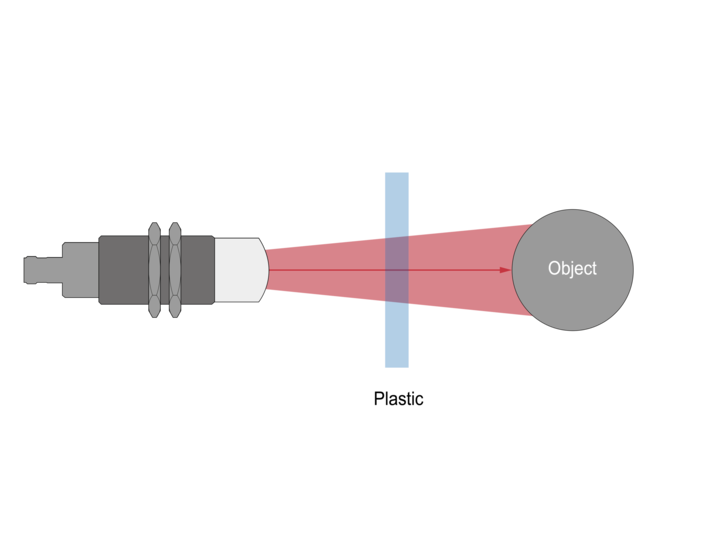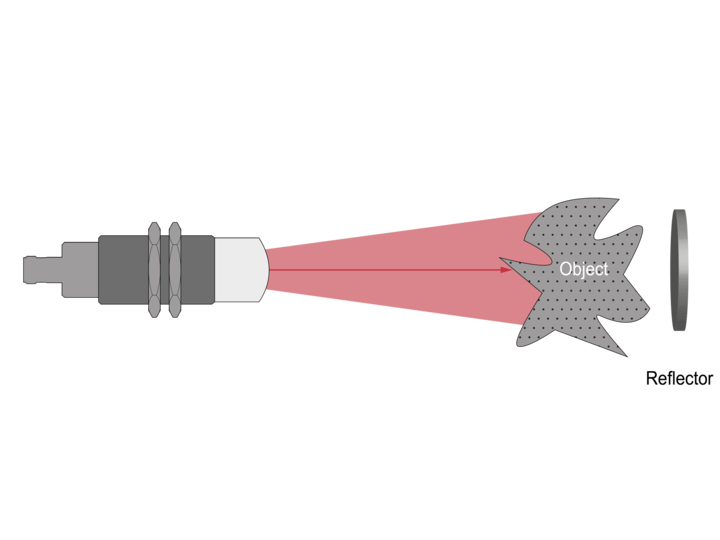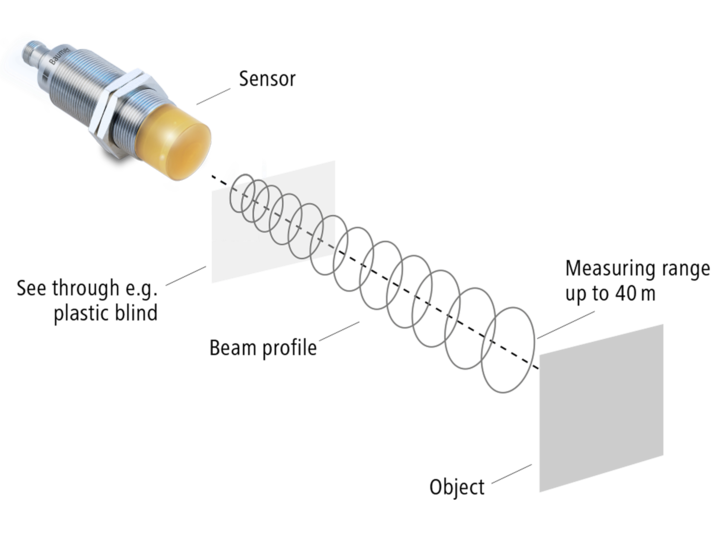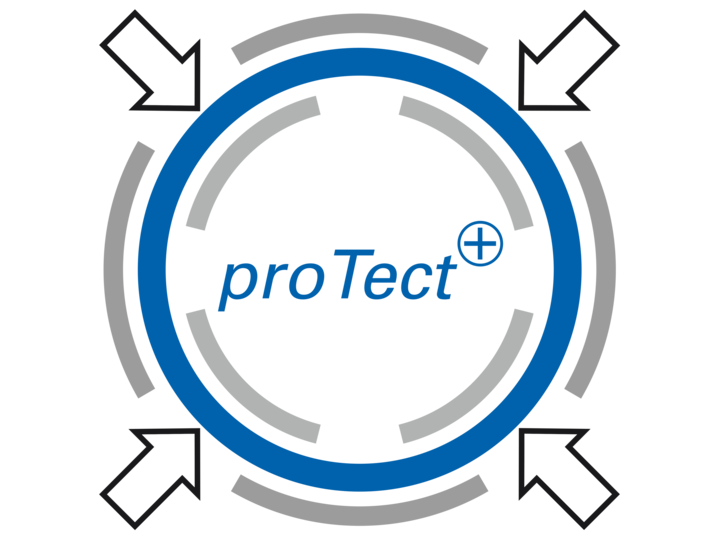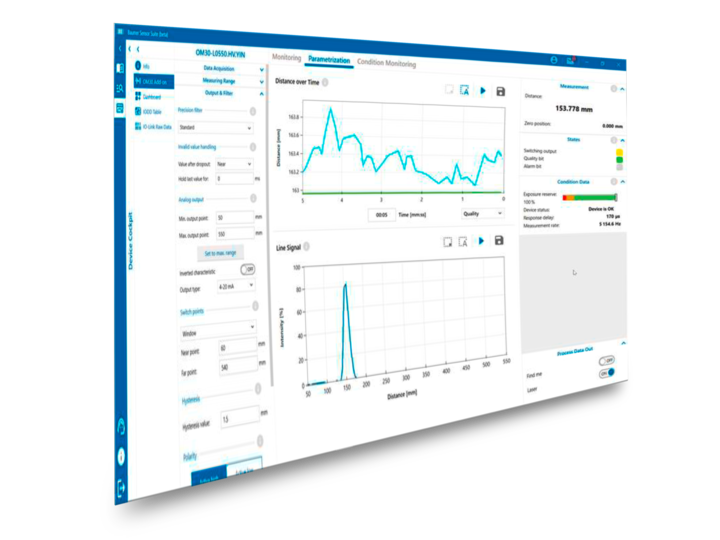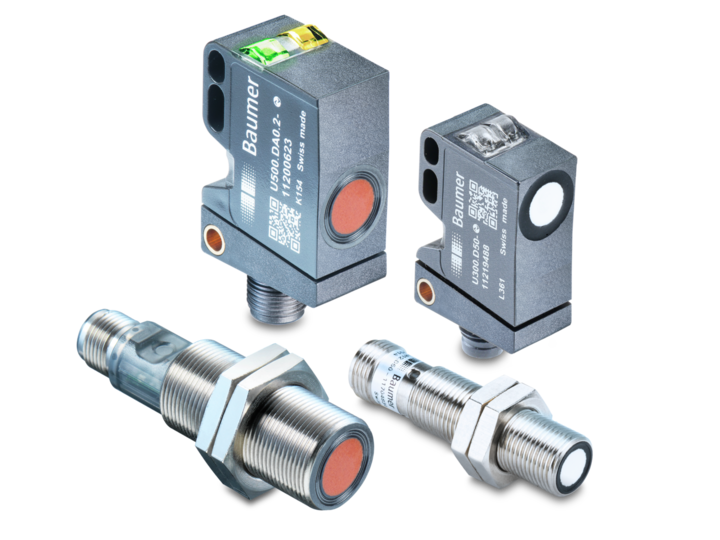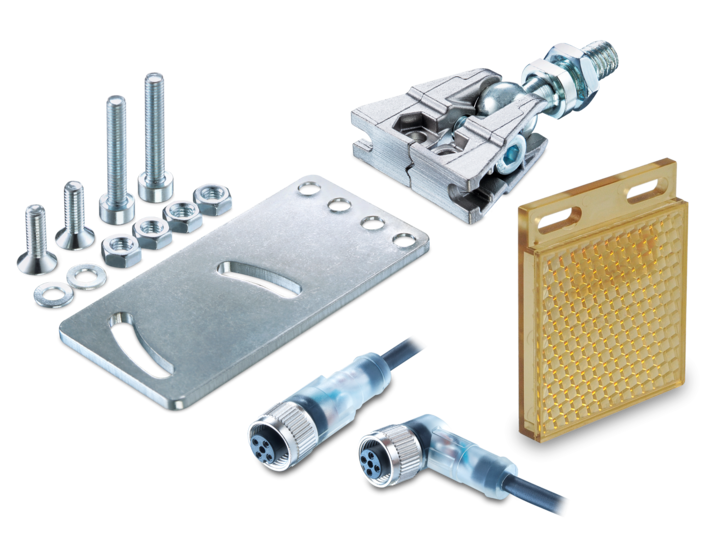Poland
pl
English
Product portfolio
Radar sensors for distance measurement
Radar sensors with IO-Link
Universal element for attachment to system profiles
Your benefits
- Stable and reliable measuring signal, even in adverse ambient conditions, strong ambient light, and soiling
- High repeatability and measurement accuracy across the entire measurement range with limited temperature drift
- Can be used outdoors and across a wide temperature range from -40 to 80 °C, even without additional protective housing
- The sensor withstands stress tests such as those according to IP68 / IP69K and the even more demanding Baumer proTect+ impermeability concept without any problems
- Simple and precise adjustment to various application requirements
- Extended functionality via the IO-Link interface
- User-friendly user interface with visualization of measurement data
- Simple and versatile installation
- Very compact design for confined installation spaces
- Quick measurements and response to position changes
- Extremely short response times in the ms range
- No distortion by obstructive objects in the near vicinity
- Focused, very narrow radar beam with a measurement range of up to 60 m
Applications
Radar technology is particularly suitable for outdoor and off-highway applications, e.g. in agriculture, on construction or in ports.
- Vehicle positioning and measurement in carwash and parking systems
- Position detection of crane bridges, crane trolleys, transfer trolleys
- Collision monitoring for cranes or automatic systems
- Detection and positioning of large moving objects (e.g. trains)
- Measurement of ground or road surface clearance (e.g. blacktop)
- Height control of sprayer linkage and combine harvester attachments
- Fill level measurement in open or closed containers, also when pressurized

